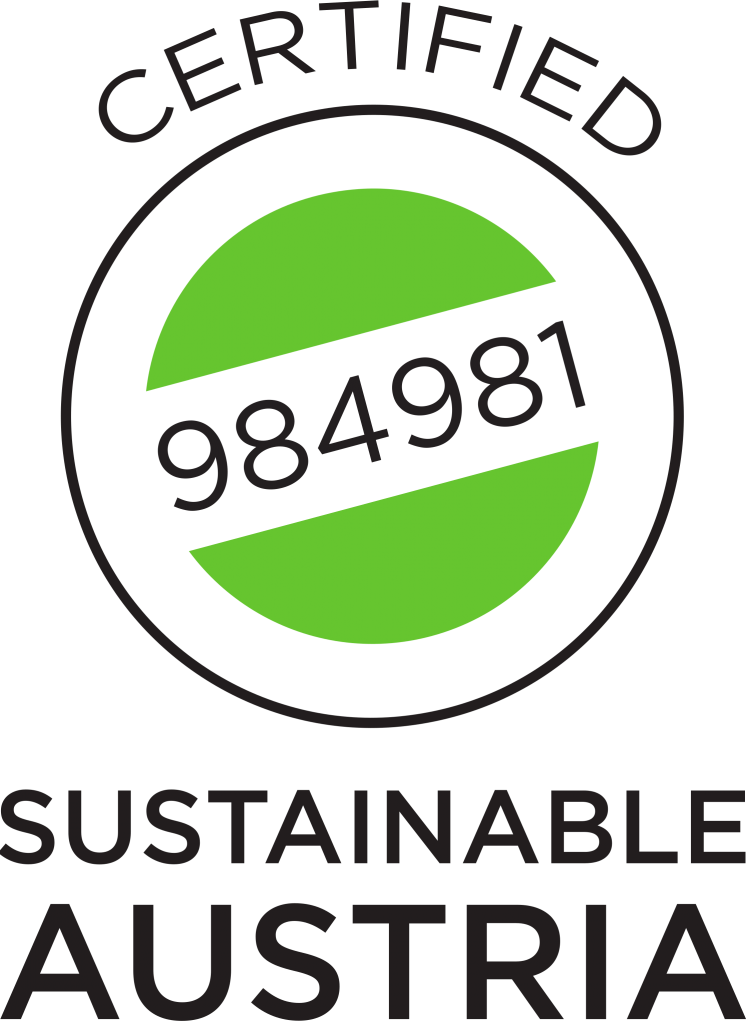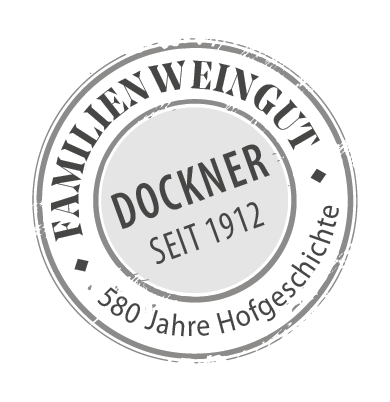


Ried Theyerner Berg
Ried Theyerner Berg, not far from our winery, faces predominantly the south-east. It lies between 360 and 415 meters above sea level, which makes it one of the highest locations in the wine-growing region. The first time it was mentioned in a document was in 1389.
The subsoil of this particular ried is made up of marl-clay deposits that belong to the Hollenburg-Karlstetten formation. To the east, they are largely covered by lime-rich loess. The Grüner Veltliner benefits from this soil composition and also from the cooler climate of the Theyerner Berg. Both together largely influence the grapes and provide for fresh and elegant wines of a slightly mineral aroma.

Ried Pletzengraben
This terraced ried is located in the municipality of Inzersdorf. It faces the south-east and south, and lies at an altitude of 300-380 meters above sea level. The Pletzengraben is one of our steepest rieds. Here Grüner Veltliner, Riesling and Traminer find ideal conditions. From a geological point of view, the ried is divided into two sites: In the northern part, the vines are rooted in the loosened conglomerate of the Hollenburg-Karlstetten formation. The deposits of this formation largely consist of calcareous carbonate pebbles in a sandy base, the conglomerate. These are 15-million-year-old river and delta deposits of a river from the Limestone Alps, the so-called Primal Traisen. The southern part of the ried is largely covered by loess, which carries clear gravel litter from the upper conglomerates. Loess is calcareous rock dust (mainly silt) that has been wind-blown here during the cold phases of the ice age.

Ried Hochschopf
The ried located in Nußdorf ranges from 260 to about 350 meters above sea level and is mainly exposed to the southeast and east. The vineyards are terraced and the Grüner Veltliner vines are between 55 and 65 years old. Ried Hochschopf is also ideal for Burgundy varieties in our case the Pinot noir. The majority of the vines grow in loess. The calcareous conglomerate of the Hollenburg-Karlstetten formation reaches the surface only locally in the northern and southernmost parts of the ried. The soil consists of a calcareous Rigolboden made of loess with good storage capacity and a balanced chemical and mineralogical composition. The conglomerate soil, however, is barren and dry. The deposits of the Hollenburg-Karlstetten formation largely consist of calcareous carbonate boulders, the conglomerate. They stem from river and delta deposits of the so-called Primal Traisen, a river from the Limestone Alps,15 million years ago. These properties ultimately show in the potential of a very expressive and storable wine.

Parapluiberg
Our classic Riesling bears the name of the vineyard on which the wine grows. The Parapluiberg mountain is located south of Nußdorf and is a popular vantage point for hikers and nature lovers. Its name was created from the old German word for umbrella, because of the umbrella-shaped form of the mountain. The largely east-facing and terraced vineyards are between 270 and 330 meters above sea level. At the top of the mountain the ground consists of a calcareous conglomerate of the Hollenburg-Karlstetten formation. This has been loosened due to weathering. The deposits of the Hollenburg-Karlstetten formation largely consist of calcareous carbonate pebbles. These are 15-million-year-old river and delta deposits of a river from the Limestone Alps, the so-called Primal Traisen. The soil is a dry, calcareous Rigolboden made of decaying conglomerate.

Wineyard
I cultivate our vineyards both ecologically and sustainably: Between the vines a specially mixed selection of herbs grows, which is habitat for many beneficial insects. By cutting leaves by hand, I create a favourable climate within the wall of vines itself and our compost cycle ensures we have healthy and vital vines. They are our sustainable investment in the quality of our wines and the future of our family wine estate.
Grüner Veltliner and Riesling are almost certainly the most well-known varieties of the Traisental valley and are justifiably my flagship wines, but the Traminer, Zweigelt and Pinot Noir also delight me time and again.
Keller
For me, cellar work is bringing the quality and the character of the grapes from the vineyard into the bottle, without any damage and while safeguarding the uniqueness of the vintage and the vines. Meticulous cleanliness and delicate processing is therefore a matter of course for me. The wines are given plenty of time to develop themselves – our single site wines, Pletzengraben and Hochschopf, are carefully bottled after more than a year. The wines thank us with their timeless beauty and the unmistakable character of their origin.
THE QUALITY SEAL

Wine under the sign of sustainability
“Nachhaltig Austria” is a seal of quality for sustainably produced wines. They are produced according to economic, ecological and social criteria and strictly tested. From the grape harvest to the vinification of the wines to the bottling, the entire production process is examined for its contribution to sustainability. Economical use of water, energy, chemical fertilizers and efficient use of machines are rated just as positively as, for example, fair working conditions or sustainable economic action. Only if all requirements are fulfilled, a winegrower may mark his wines with the seal of quality.
https://www.sustainableaustria.com/


